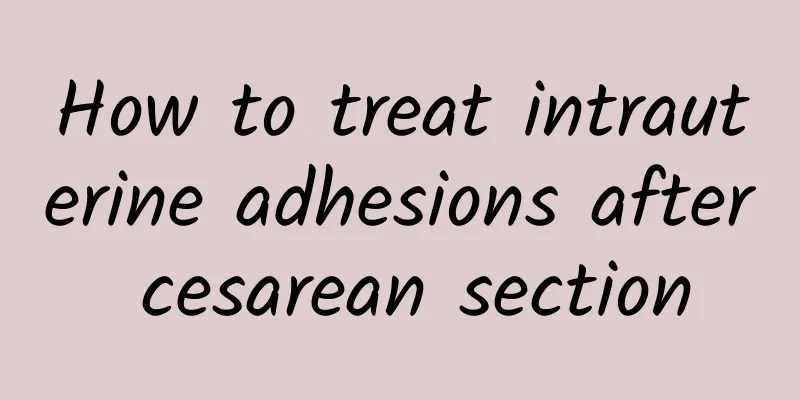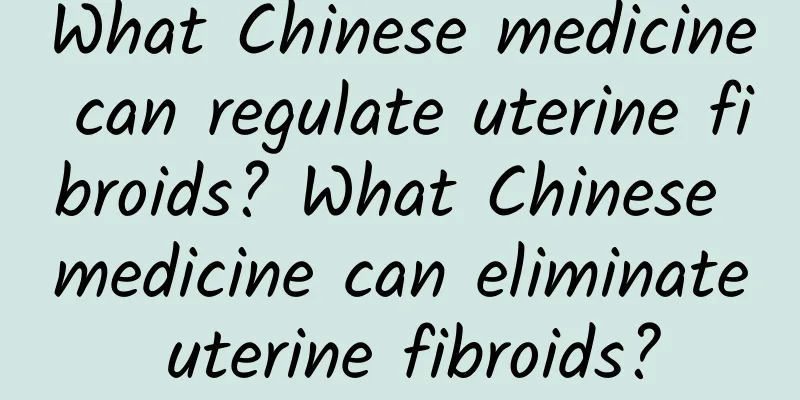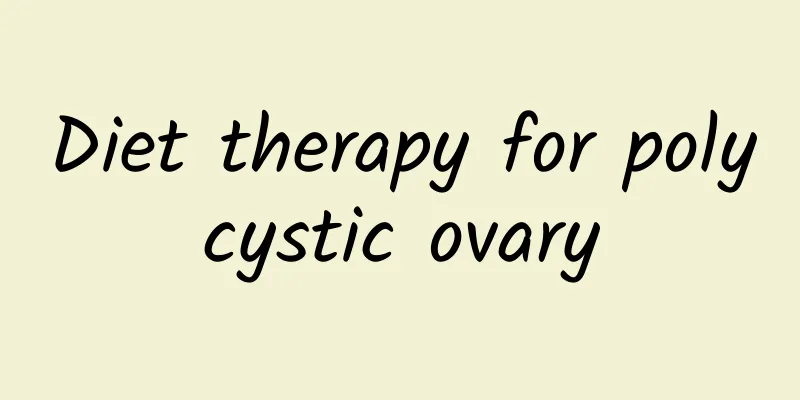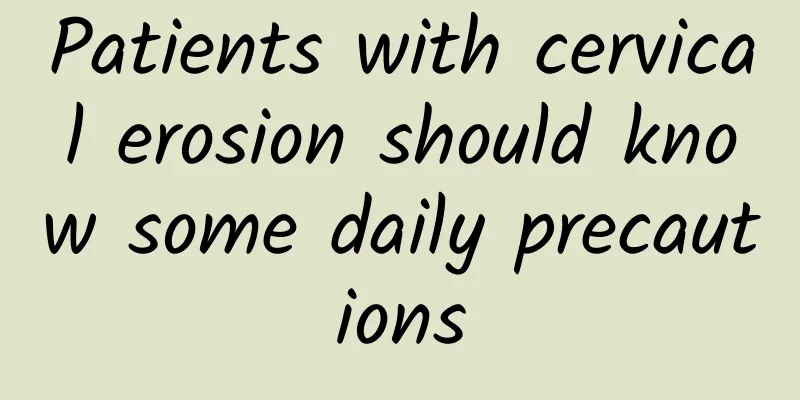What are the treatments for adenomyosis?
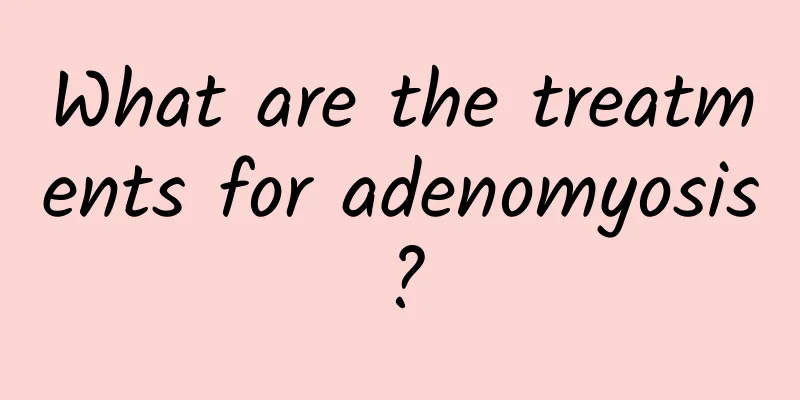
|
Uterine adenomyosis is a common gynecological disease. Its appearance will cause certain physical discomfort to patients and even affect their quality of life. So, what are the ways to eradicate uterine adenomyosis? Below I will introduce some common treatment methods. 1. Drug treatment Drug therapy is a non-surgical treatment method suitable for patients with relatively small adenomyomas. Commonly used drugs include progesterone and oral contraceptives. Progesterone drugs can inhibit ovarian function and reduce the secretion of estrogen, thereby achieving the purpose of shrinking adenomyomas. Oral contraceptives can inhibit ovarian function and achieve the effect of reducing tumor size by regulating the female endocrine system. These drugs have the advantages of simplicity, convenience, no surgery and recovery period, but there are also some side effects, such as breast tenderness, headache, dizziness, etc. 2. Minimally Invasive Surgery Minimally invasive surgery is a surgical treatment method performed through a small incision or endoscope. It is suitable for patients with larger tumors or symptoms. Common minimally invasive surgeries include adenomyomectomy and uterine artery embolization. Adenomyomectomy is performed by cutting a small piece at the base of the adenomyoma, which can shrink the adenomyoma, but some traumatic reactions may occur after the operation, such as bleeding and infection. Uterine artery embolization is to inject drugs or embolic agents into the uterine artery through a catheter to block it, thereby achieving the purpose of shrinking the adenomyoma. This method is safe and reliable, but some symptoms such as abdominal pain and discomfort may occur after the operation, which requires the guidance and monitoring of a doctor. 3. Surgical treatment Surgical treatment is a more thorough treatment method, suitable for patients with larger tumors or severe symptoms. Common surgical methods include cesarean section for uterine fibroids and hysterectomy. Cesarean section for uterine fibroids refers to the removal of uterine fibroids during a cesarean section, which is suitable for patients who plan to have children. Hysterectomy refers to the removal of the entire uterus, which is suitable for patients who no longer plan to have children or whose condition is more serious. Surgical treatment is a reliable treatment method, but recovery is required after surgery. Patients need to follow the doctor's instructions for rehabilitation and avoid adverse factors such as strenuous exercise and infection. In general, there are many ways to treat adenomyoma. The method to be used should be determined based on the patient's specific situation and the doctor's advice. During the treatment process, patients should also pay close attention to their physical condition and avoid some bad living habits that may affect the treatment effect. I hope that every patient can recover soon and stay away from the troubles of the disease. |
<<: What are the symptoms of uterine adenomyoma? What should I do if I have uterine adenomyoma?
>>: What foods can prevent uterine fibroids? What foods can prevent uterine fibroids?
Recommend
Slimming and beautiful legs with hand scraping to relieve lower limb swelling
The summer is hot and many women wear hot pants a...
To prevent the epidemic and increase immunity, do some stretching exercises! It only takes 5 minutes to relieve stress with Sun Salutations and Five Elements Exercises
The COVID-19 epidemic in Taiwan is severe, and th...
Snack time! 10 kinds of snacks that office workers crave
Not only do busy office workers have irregular me...
What are the key points to pay attention to in preventing vaginitis?
The frequency of vaginitis has become increasingl...
What are the causes of bacterial vaginosis?
Bacterial vaginosis is a disease that many female...
How to regulate irregular menstruation during lactation? What drugs can treat irregular menstruation?
Generally speaking, new mothers will have menstru...
Symptoms of congenital absence of vagina
The symptoms of congenital absence of vagina must...
How to prevent acute pelvic inflammatory disease?
"What are the ways to prevent acute pelvic i...
TCM treatment of dysmenorrhea that highlights the essence of traditional Chinese medicine
Most women will use traditional Chinese medicine ...
Your period is so infrequent that almost nothing happens?
Your period is so infrequent that almost nothing ...
What are the causes of multiple uterine fibroids? What is the best diet for multiple uterine fibroids?
Uterine fibroids are divided into two types: sing...
How to effectively relieve the condition of patients with dysmenorrhea
Dysmenorrhea is a common phenomenon in women. It ...
Don’t let cancer prevention take a break while preventing the epidemic! Colorectal cancer screening drops sharply; delayed diagnosis may increase risk of death
During the epidemic, many patients choose not to ...
Understand the causes of vaginitis
Understand the causes of vaginitis . The onset of...
Rational use of drugs for cervical precancerous lesions
Gynecological diseases are common female diseases...

